An Open Letter To The Staff At The Mexican Restaurant Who Saw Me Leaving The Takeout Place Next Door.
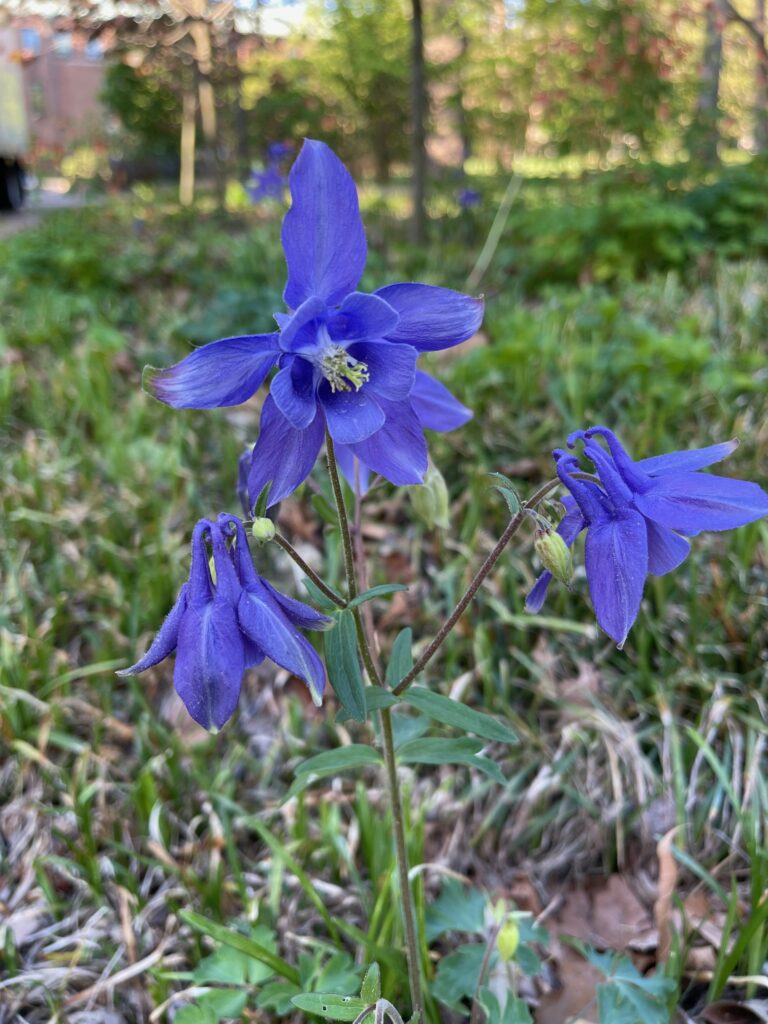 You probably didn’t recognize me, which is fine. I’ve been in there enough times that it’s very familiar to me but you have so many customers I don’t believe you can remember all of them, not even the ones who come in every few weeks. I’d probably have to come in nightly, or at least weekly, to really be known. Still I feel a little guilty, like I’d been out with one friend and found out another friend had spent the evening at home and even if the two friends didn’t know each other, or didn’t get along, I’d still worry the other friend was thinking “Why didn’t you call me if you were going out?”
You probably didn’t recognize me, which is fine. I’ve been in there enough times that it’s very familiar to me but you have so many customers I don’t believe you can remember all of them, not even the ones who come in every few weeks. I’d probably have to come in nightly, or at least weekly, to really be known. Still I feel a little guilty, like I’d been out with one friend and found out another friend had spent the evening at home and even if the two friends didn’t know each other, or didn’t get along, I’d still worry the other friend was thinking “Why didn’t you call me if you were going out?”
It’s not exactly the same situation, of course, for many reasons. It was late at night, almost closing time at your place, and all of you were sitting out on the patio where, if it had been a typical night, you’d all been extremely busy serving people. It was a lovely evening too and I’m glad you were finally getting a break, sitting down and laughing with each other. It says something that you were all spending the time with each other rather than getting ready to bolt as soon as your shift was over. You all still had your work clothes on. Not uniforms exactly but similar black slacks and white shirts. I don’t know what’s riskier: wearing white while carefully balancing trays of salsa and guacamole or navigating through a crowd of people on their third half-price margarita while holding a sizzling fajita platter. Either way it’s admirable how all of you manage to accomplish it, how I’ve never seen a stain or a scalded man in a polo shirt dousing himself with beer from a frosted mug, at least any of the times I’ve been in there.
So logically I shouldn’t feel guilty. I should be relieved because if I’d come to your place I’d be yet another customer who needed to be served, even though I’ve never felt like just another customer there. I know everyone who comes in gets a smile and a “Welcome, my friends” from the guy who shows people to their tables, and all of you have always been friendly whenever I’ve been in. We’ve never gotten close to a first name basis, or even a last name basis, but, like the restaurant itself, you’ve become familiar to me. I appreciate that you always seem happy, and while I don’t like to make assumptions I know you’re more than just vehicles for food and drink delivery. Some people handle it better than others but I know keeping up a cheerful demeanor can be exhausting, and I know from my own restaurant experience how a single lousy customer can throw off a person’s whole day.
And I don’t want to diminish how much your niceness means to me but the people at the place next door were just as welcoming, just as happy to see me. Kindness may be the one thing that becomes more valuable the more there is of it because when there’s a surplus it would be so easy for one person to not bother, and that could have a cascade effect.
This is just to say I will call.

 April showers have brought out the slugs. Like a lot of common animals I have a history with slugs and it’s not all happy. When I was a kid my mother showed me how to kill slugs by pouring salt on them and I went up and down the sidewalk at night with a big container of the “when it rains it pours”, pouring it all over every slug I could find. The next morning I’d find shriveled leathery bodies like three-dimensional commas, an interrupted life sentence.
April showers have brought out the slugs. Like a lot of common animals I have a history with slugs and it’s not all happy. When I was a kid my mother showed me how to kill slugs by pouring salt on them and I went up and down the sidewalk at night with a big container of the “when it rains it pours”, pouring it all over every slug I could find. The next morning I’d find shriveled leathery bodies like three-dimensional commas, an interrupted life sentence.
 March is supposed to come in like a lion and go out like a lamb but the one this year apparently didn’t get the memo and came in with summer temperatures and went out with ups and downs. Then the April showers started with a midday thunderstorm that was so bad I left work in the middle of the day. My office is safer than my house in a storm—it’s eleven stories of heavy concrete, not counting the basement that’s below street level, so while it would be a lousy place to be in a flood it’s pretty solid protection from tornadoes. Still if anything really bad happened I wanted to be at home to be able to deal with it. I walked from the office building in heavy rain—“downpour” really is the best word for it, and not just because a solid sheet of water was sliding off the awning over the door—to the parking garage where I’d been smart enough to park on one of the covered levels instead of the roof as I usually do. Then I drove home through rain that was so heavy at one point I had to pull over into a parking lot because the wiper blades just weren’t cutting it. When I got pulled into the driveway at home the rain had stopped and the sun had come out.
March is supposed to come in like a lion and go out like a lamb but the one this year apparently didn’t get the memo and came in with summer temperatures and went out with ups and downs. Then the April showers started with a midday thunderstorm that was so bad I left work in the middle of the day. My office is safer than my house in a storm—it’s eleven stories of heavy concrete, not counting the basement that’s below street level, so while it would be a lousy place to be in a flood it’s pretty solid protection from tornadoes. Still if anything really bad happened I wanted to be at home to be able to deal with it. I walked from the office building in heavy rain—“downpour” really is the best word for it, and not just because a solid sheet of water was sliding off the awning over the door—to the parking garage where I’d been smart enough to park on one of the covered levels instead of the roof as I usually do. Then I drove home through rain that was so heavy at one point I had to pull over into a parking lot because the wiper blades just weren’t cutting it. When I got pulled into the driveway at home the rain had stopped and the sun had come out.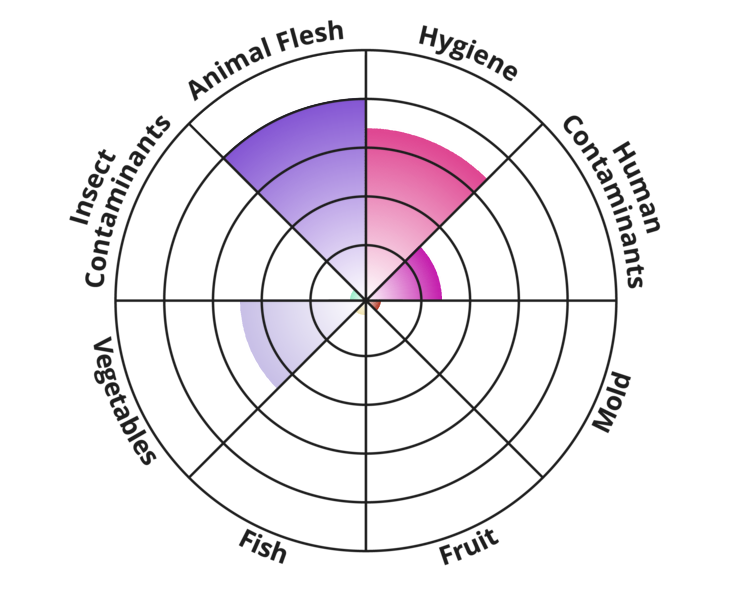
 Sometimes I see a car with bumper stickers that make me want to meet the owner. Actually it happens quite a bit, probably because I have a pretty wide range of interests and also someone else’s enthusiasm for something can really interest me. At least I’ve come to realize it’s the people who interest me, not necessarily the thing they’re interested in. I once spent two hours talking to a retired railroad worker and I was absolutely fascinated the whole time. I like trains and I think they’re interesting but I wasn’t inspired to quit my job and pursue a career in the railroad industry, or even take up trains as a hobby. It was really his stories and the way he told them that interested me.
Sometimes I see a car with bumper stickers that make me want to meet the owner. Actually it happens quite a bit, probably because I have a pretty wide range of interests and also someone else’s enthusiasm for something can really interest me. At least I’ve come to realize it’s the people who interest me, not necessarily the thing they’re interested in. I once spent two hours talking to a retired railroad worker and I was absolutely fascinated the whole time. I like trains and I think they’re interesting but I wasn’t inspired to quit my job and pursue a career in the railroad industry, or even take up trains as a hobby. It was really his stories and the way he told them that interested me. Spring is a transitional time which may be why I suddenly started thinking about middle school where, in addition to the standard subjects of English, math, science, and social studies we had four “creative” subjects that we cycled through, spending half a semester in each: art, home economics, music, and industrial arts. I guess it was the school’s way of giving us a sample platter of subjects we could take as electives in high school.
Spring is a transitional time which may be why I suddenly started thinking about middle school where, in addition to the standard subjects of English, math, science, and social studies we had four “creative” subjects that we cycled through, spending half a semester in each: art, home economics, music, and industrial arts. I guess it was the school’s way of giving us a sample platter of subjects we could take as electives in high school.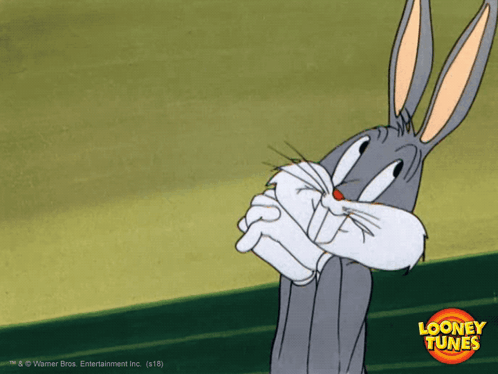
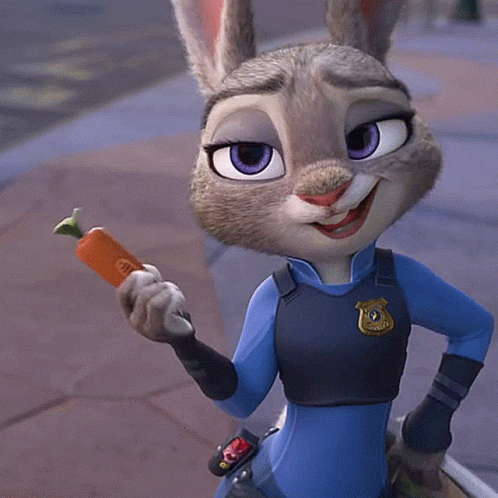

 The first time I saw the sunrise was on a camping trip. I’d been up all night before but my bedroom faced west so I saw a lot of sunsets but in the mornings I’d only seen the sky lighten and get gradually brighter. It depends on your definition of “sunrise”, though—I suppose any time before it reaches its zenith you’re seeing the sun rise. I expected it to look like a sunset in reverse but was surprised by how different the light was, how the whole sky brightened even before the first bright sliver appeared over the horizon. I’d spent the night in a tent that was little more than a canvas draped over a pole so my sleeping bag was on the ground and during the night I woke up to find I’d moved around so much in my sleep my head was outside the tent. I was looking straight up into the stars and in my barely conscious state I had this vision that the stars weren’t points but long beams of light that spanned an unimaginable distance. I thought that, if I could move just enough so that I was no longer looking at them straight on, I’d see them like lines of a web stretched across space.
The first time I saw the sunrise was on a camping trip. I’d been up all night before but my bedroom faced west so I saw a lot of sunsets but in the mornings I’d only seen the sky lighten and get gradually brighter. It depends on your definition of “sunrise”, though—I suppose any time before it reaches its zenith you’re seeing the sun rise. I expected it to look like a sunset in reverse but was surprised by how different the light was, how the whole sky brightened even before the first bright sliver appeared over the horizon. I’d spent the night in a tent that was little more than a canvas draped over a pole so my sleeping bag was on the ground and during the night I woke up to find I’d moved around so much in my sleep my head was outside the tent. I was looking straight up into the stars and in my barely conscious state I had this vision that the stars weren’t points but long beams of light that spanned an unimaginable distance. I thought that, if I could move just enough so that I was no longer looking at them straight on, I’d see them like lines of a web stretched across space. The wild onions are popping up all over the yard, one of the first signs that spring is here. I once heard that wild onions are a sign that there will be no more frost, but unlike some other folk wisdom that doesn’t seem to be true, at least not around here. I’ve even seen them make a full recovery from a hard freeze. Right now they’re mostly fine as hair but once summer gets into full swing they’ll be thick and tall. The lawnmower will leave stands of white-rimmed tubes that look like they should sing like pan pipes when the wind blows over them. The ones that don’t get cut down will send up big clusters of purple seeds. I’m a little surprised to find out that they really are onions—closer to scallions, I guess, than the big Vidalia and Walla Walla varieties.
The wild onions are popping up all over the yard, one of the first signs that spring is here. I once heard that wild onions are a sign that there will be no more frost, but unlike some other folk wisdom that doesn’t seem to be true, at least not around here. I’ve even seen them make a full recovery from a hard freeze. Right now they’re mostly fine as hair but once summer gets into full swing they’ll be thick and tall. The lawnmower will leave stands of white-rimmed tubes that look like they should sing like pan pipes when the wind blows over them. The ones that don’t get cut down will send up big clusters of purple seeds. I’m a little surprised to find out that they really are onions—closer to scallions, I guess, than the big Vidalia and Walla Walla varieties.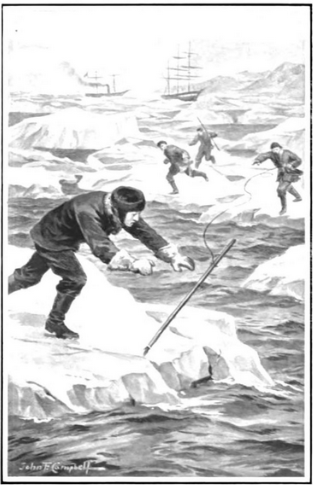 The refrigerator died. I always knew it was going to—this isn’t our first refrigerator, and it’s lasted a really long time, but I always thought of its eventual death the same way I think of the sun eventually exploding. Yes, it’s going to happen eventually, but it’s not something I have to worry about today. Except in the case of the refrigerator today arrived earlier this week. Hopefully the sun exploding will stick to its current schedule of happening in approximately five billion years, by which time we will have gone through a few more refrigerators.
The refrigerator died. I always knew it was going to—this isn’t our first refrigerator, and it’s lasted a really long time, but I always thought of its eventual death the same way I think of the sun eventually exploding. Yes, it’s going to happen eventually, but it’s not something I have to worry about today. Except in the case of the refrigerator today arrived earlier this week. Hopefully the sun exploding will stick to its current schedule of happening in approximately five billion years, by which time we will have gone through a few more refrigerators.